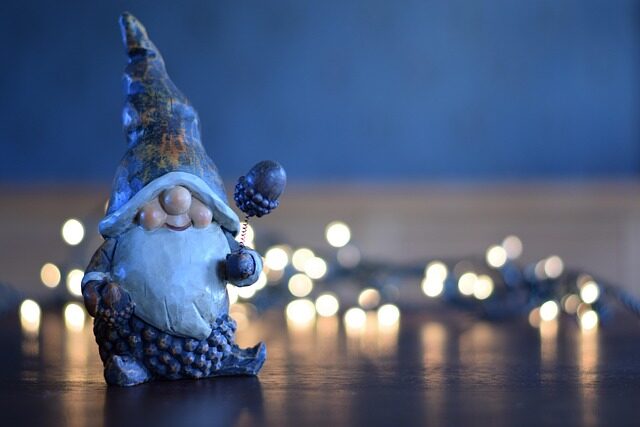In the heart of Northern Europe, amidst the snow-blanketed landscapes and cozy hearths of Norwegian homes, thrives a rich and enchanting folklore. One of the most cherished figures in this magical tradition is our Nordic friend the Fjøsnisse or the Nordic Barn Gnome. This mythical creature, a guardian of the farm and homestead, has been celebrated for generations, especially during the festive Yuletide season.
- What is the meaning of our Nordic friend the Fjøsnisse (Nordic Barn Gnome)?
- What is the story behind our Nordic friend the Fjøsnisse (Nordic Barn Gnome)?
- What are Norwegian Christmas trolls?
- How is the gnome in Norway represented?
- What is the significance of the barn elf in folklore?
- What are the traditions surrounding Yule gnomes?
- Why are there gnomes without eyes in folklore?
- What is the meaning of our Nordic friend the Fjøsnisse (Nordic Barn Gnome)?
- What is the story behind our Nordic friend the Fjøsnisse (Nordic Barn Gnome)?
- What are Norwegian Christmas trolls?
- How is the gnome in Norway represented?
- What is the significance of the barn elf in folklore?
- What are the traditions surrounding Yule gnomes?
- Why are there gnomes without eyes in folklore?
What is the meaning of our Nordic friend the Fjøsnisse (Nordic Barn Gnome)?
The fjøsnisse, often simply referred to as nisse, holds a place of endearment and respect in Norwegian folklore. As a barn spirit, its role extends beyond mere myth; it represents the harmony between humans and nature, the care for livestock, and the values of hard work and diligence. The nisse is believed to safeguard the farmstead and its animals, asking for nothing but recognition and a little sustenance in return.
The term ‘nisse’ is thought to originate from the name Niels, which is linked to St. Nicholas, thereby weaving the nisse into the fabric of Christmas traditions. With time, the fjøsnisse has also come to symbolize the spirit of giving, an attribute associated with the festive season.
The figure of the fjøsnisse is often depicted as a small, elderly man clad in grey, sporting a pointed red cap, which has become a quintessential image during Christmas in Norway.
What is the story behind our Nordic friend the Fjøsnisse (Nordic Barn Gnome)?
The story of the fjøsnisse is one of mystery and tradition. These creatures, invisible to most, are said to have been protectors of homesteads for centuries. It is believed that a well-treated nisse ensures good fortune for the farm, while a slighted nisse could cause mischief or misfortune.
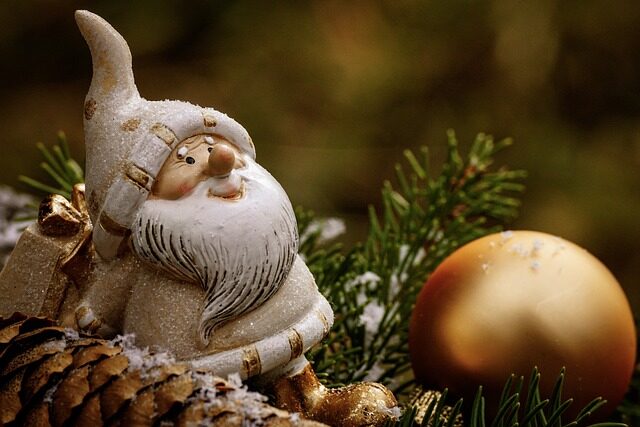
Folk tales often recount the deeds of the nisse, sometimes humorous, sometimes poignant, illustrating the bond between the gnome and the farmers. They tell of nisse rewarded with julegrøt, the Christmas porridge, and the peace that followed such acts of kindness.
In many stories, the fjøsnisse is characterized by a temperament that is as unpredictable as the Nordic weather, which adds to the allure of these tales.
What are Norwegian Christmas trolls?
In Norwegian lore, Christmas is a time where not only the fjøsnisse plays a role but other mythical beings as well, including various trolls and spirits. Unlike the generally benevolent fjøsnisse, Norwegian Christmas trolls are often portrayed as mischievous or even malevolent beings that roam during the winter solstice.
Traditions speak of these trolls causing mayhem, hence the need to complete all preparations before Christmas Eve, ensuring the home is safe from their antics. The nisse, on the other hand, if kept happy, would protect the farm from such troublesome entities.
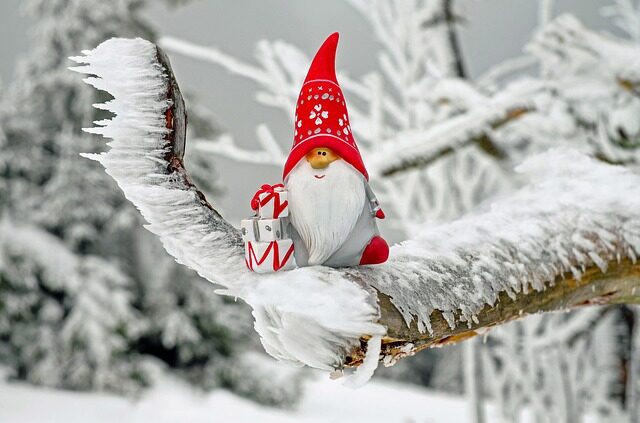
How is the gnome in Norway represented?
In Norway, the gnome, or nisse, is a symbol deeply rooted in the collective consciousness. Representations of the nisse range from figurines placed in homes during Christmas to stories shared around the fireplace. It’s a representation of simplicity, a creature not adorned with grandeur but with the modesty typical of rural life.
During the holidays, children and adults alike look forward to seeing the nisse in decorations, stories, and sometimes even in person, as adults don costumes to play the part of the beloved gnome.
What is the significance of the barn elf in folklore?
The significance of the barn elf, or fjøsnisse, in folklore extends beyond its role as a guardian. It is a symbol of the hidden forces of nature and the unspoken pact between mankind and the mystical world. The nisse’s unseen presence reminds us of the importance of respect for all beings, seen and unseen.
In Scandinavian mythology, the nisse also reflects the notion of reciprocity; that kindness and respect are rewarded, while neglect or disrespect invites trouble.
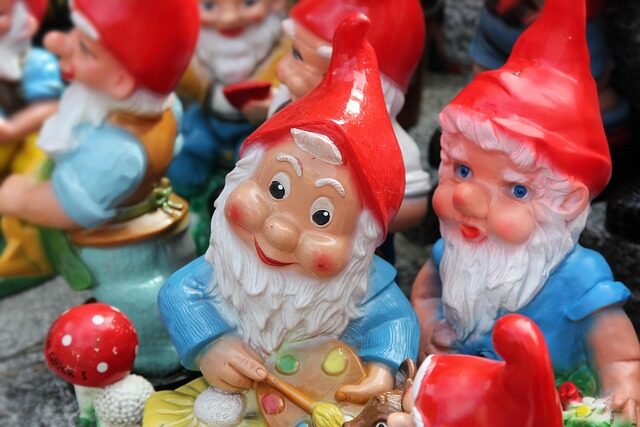
What are the traditions surrounding Yule gnomes?
Yule gnomes, or fjøsnisser, are central to a unique set of Christmas offerings and rituals. On Christmas Eve, it is traditional for Norwegian families to leave a bowl of julegrøt outside their barns. This offering is seen as a thank you to the nisse for its year-round efforts in protecting the farm.
Traditions also include telling tales of nisser and engaging in practices that reflect their values, such as caring for animals and showing gratitude for the year’s blessings.
Why are there gnomes without eyes in folklore?
Some depictions of gnomes in folklore show them without eyes. This peculiar trait is often interpreted as a representation of their otherworldly nature. It signifies that these beings perceive the world differently from humans, relying on supernatural senses to navigate the mortal realm.
It’s also suggested that their lack of eyes serves as a reminder that they are always watching, even if they cannot be seen, fostering a sense of caution and reverence for the unknown among those who believe.
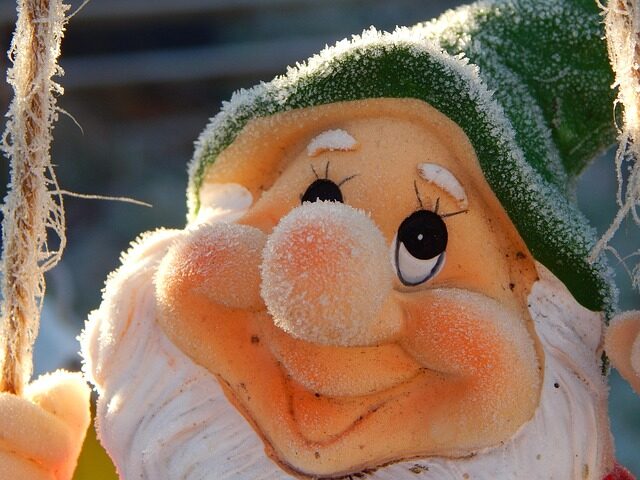
For a visual portrayal of the fjøsnisse, watch this fascinating Norwegian video:
In modern celebrations, the fjøsnisse continues to evolve, influenced by global cultures and the ever-changing nature of folklore. Yet, it remains a steadfast symbol of the joys and mysteries of the Yuletide season, cherished by those who hold the traditions of Norway close to their hearts.
